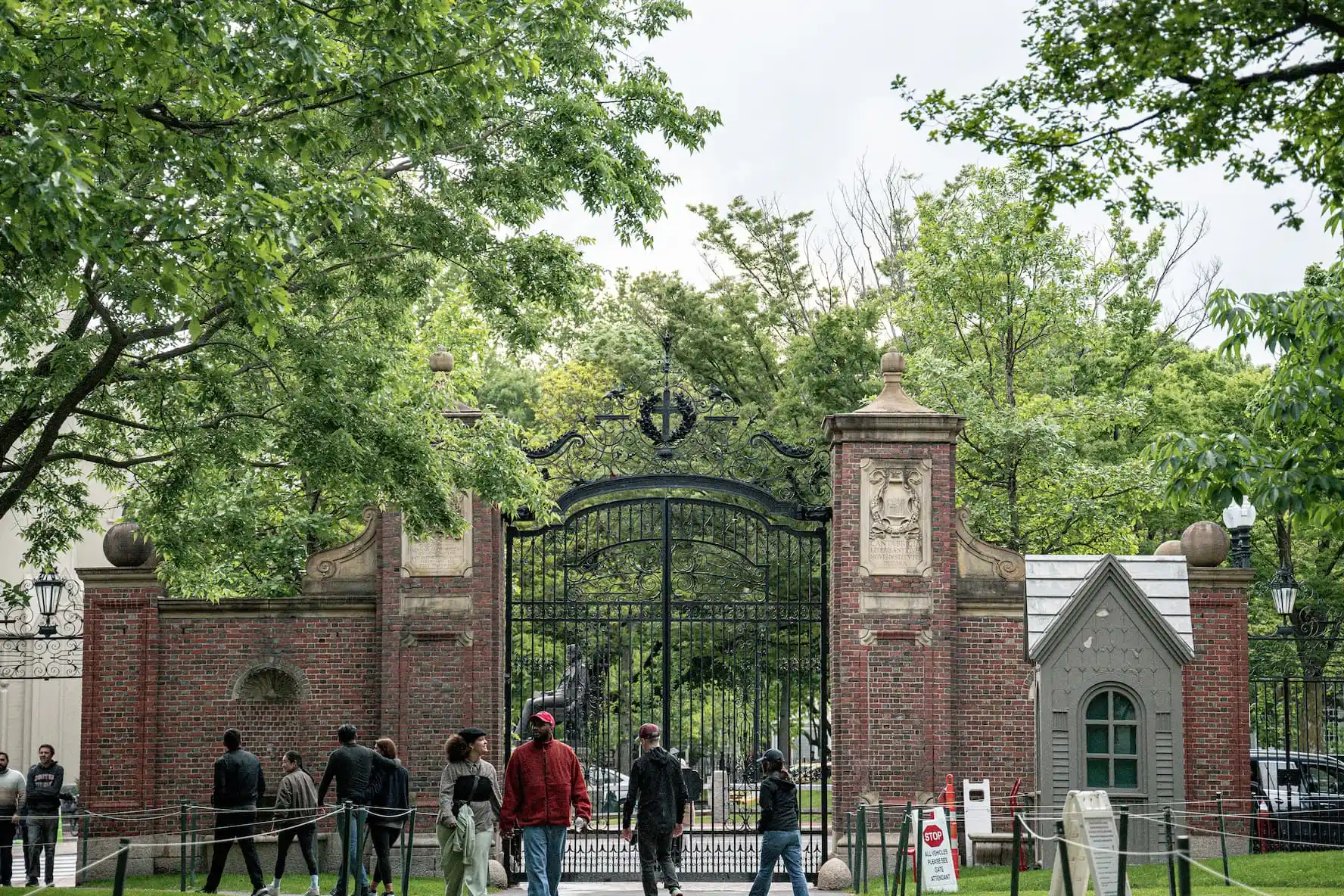
Applying to KAUST - Your Complete Guide for Masters & Ph.D. Programs (Upcoming Admissions)
Admissions Overview & Key Requirements

Since the return of Donald Trump to the presidency in early 2025, his administration has moved swiftly to reimpose and expand restrictive immigration policies, particularly targeting international students and academic institutions. Under the banner of national security and ideological control, several high-impact measures were introduced, raising alarms across the higher education sector.
One of the most high-profile examples of these restrictions came in late May, when the U.S. Department of Homeland Security revoked Harvard University’s ability to enroll international students by terminating its Student and Exchange Visitor Program (SEVP) certification. The department alleged that Harvard had allowed a “toxic campus climate” to flourish by accommodating “anti-American, pro-terrorist agitators.”
Losing SEVP certification, which is essential for universities to host international students, would have had devastating consequences for both the institution and its thousands of foreign students. However, Harvard immediately challenged the decision in federal court. A temporary restraining order (TRO) was granted quickly, and on June 20, 2025, a federal judge issued a preliminary injunction blocking the revocation.
Soon after, on June 4, 2025, President Trump signed a new Presidential Proclamation titled "Restricting the Entry of Foreign Nationals to Protect the United States from Foreign Terrorists and Other National Security and Public Safety Threats." The proclamation took effect on June 9, 2025, and significantly impacts student visa categories, including F (for academic students) and J (for exchange visitors).
The impact of these policy shifts is already being felt, as U.S. colleges and universities brace for a potential loss of up to $1 billion in tuition revenue this academic year, with a projected 10% drop in new international student enrollment looming. According to NAFSA: Association of International Educators, even a 10% drop in new international student enrollment could cost U.S. colleges nearly $900 million in lost tuition revenue. If the decline extends across the entire international student body, the losses could rise to as much as $3 billion.
While such losses pose a serious challenge for all universities, they could be especially devastating for smaller colleges. A report from Moody’s, covered by Higher Ed Dive, warned that about 11% of U.S. institutions have 20% or more of their student population coming from abroad. For these colleges, even a moderate enrollment decline could reduce operating margins by 0.5 to 8 percentage points, a financial hit that could push some toward instability or even closure.
The ripple effects go beyond campuses. In states like Connecticut, international students contribute nearly $800 million annually to the local economy and support more than 6,000 local jobs, according to CT Insider.
Beyond financial concerns, international students play a critical role in research, innovation, and the broader academic ecosystem. According to NAFSA, they added over $43.8 billion to the U.S. economy in 2023–2024 and supported over 378,000 jobs. Many of these students are heavily involved in STEM fields, filling essential roles that bolster U.S. academic and technological competitiveness.
To cope with the potential decline, universities are offering deferred admissions, expanding remote learning options, and establishing international campus partnerships. Some institutions, like Harvard, are even pursuing legal action to challenge federal restrictions.
Still, if visa backlogs, travel bans, and policy uncertainty continue, many institutions, especially smaller colleges, may face a long-term decline in global enrollment, affecting everything from budgets and research labs to local economies and national innovation capacity.
Sources:
https://www.ctinsider.com/connecticut/article/international-student-visa-20379731.php
Share

Applying to KAUST - Your Complete Guide for Masters & Ph.D. Programs (Upcoming Admissions)
Admissions Overview & Key Requirements

Erasmus Mundus Joint Master's 2026 (Upcoming Admissions)
Erasmus Mundus programs are scholarships available to students worldwide, offering fully-funded Master’s degrees to study in Europe!

Registration Opens for SAF 2025: International STEAM Azerbaijan Festival Welcomes Global Youth
The International STEAM Azerbaijan Festival (SAF) has officially opened registration for its 2025 edition!

KAIST International Graduate Admissions Spring 2026 in Korea (Fully Funded)
Applications are open for KAIST International Admissions for Master’s, Master’s-PhD Integrated, Ph.D., and Finance MBA

Young Leaders Union Conference 2025 in Paris (Fully Funded)
Join Global Changemakers in Paris! Fully Funded International Conference for Students, Professionals, and Social Leaders from All Nationalities and Fields

An mRNA cancer vaccine may offer long-term protection
A small clinical trial suggests the treatment could help keep pancreatic cancer from returning